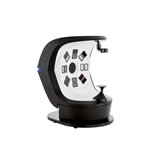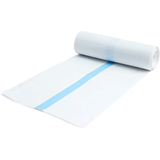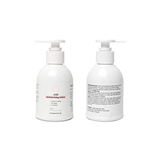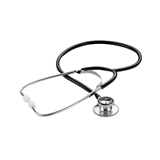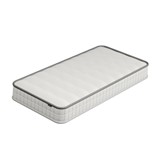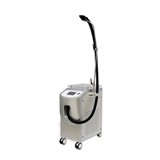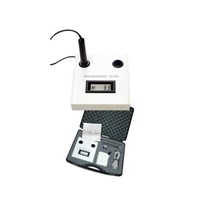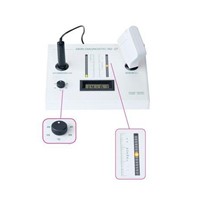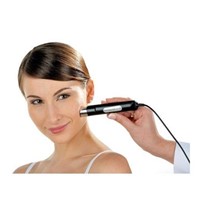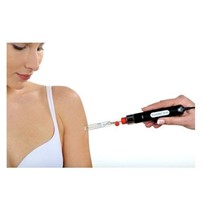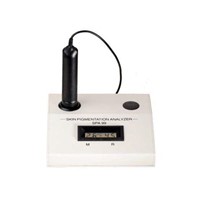Factors which impacted on planning for Brad’s post discharge care included the demanding requirements of his legal practice, the need for regular overseas air travel, his poor calf-muscle function [altered gait resultant from a motor vehicle accident], obesity and smoking.
Vascular assessment demonstrated adequate arterial flow to withstand a high grade of compression bandaging – a multi-layered system was selected. The dressing and bandaging were changed weekly to every ten days, depending on travel and work commitments. An Aquashield plastic bag was used to keep the bandaging dry between Clinic visits.
Due to the length of time between dressing changes and the nature of the wound pathophysiology, antimicrobial coverage was an important inclusion in the wound management regime.
Swab reports revealed a persistent Staphylococcus aureus colonisation.
Inflammatory episodes were initially managed with oral antibiotics and a silver dressing. Further recurrences highlighted that provision for longer term anti-microbial control was required. Subsequently PERI FOAM® (Bio AssistIndustries Pty Ltd) was instigated for wound cleansing at the time of dressing change. PERI FOAM®’s cleansing ingredients are largely derived from surfactants and complex alcohols,whilst its antibacterial actions are based on Tea-Tree Oil (Malaleuca alternifolia).
PERI FOAM® was applied for a 5 minute dwell time prior to thorough washing of the wound with potable water. The dressing and bandaging procedure then followed. Brad did not encounter any stinging, burning or irritation which can occasionally accompany the topical use of tea-tree preparations. The refreshing smell of PERI FOAM® and the “feeling ofcleanliness” was valued by the patient.
Repeat wound swabs demonstrated that Staphylococcus aureus remained on the wound surface. Importantly,however, the ongoing bacterial presence did not induce inflammation or delay wound repair. It was thought that the regular use of PERI FOAM® had been able to assist in reducing the number of colonising flora, enhancing Brad’s immune system and healing response.
The wound site closed after 10 months of treatment.





